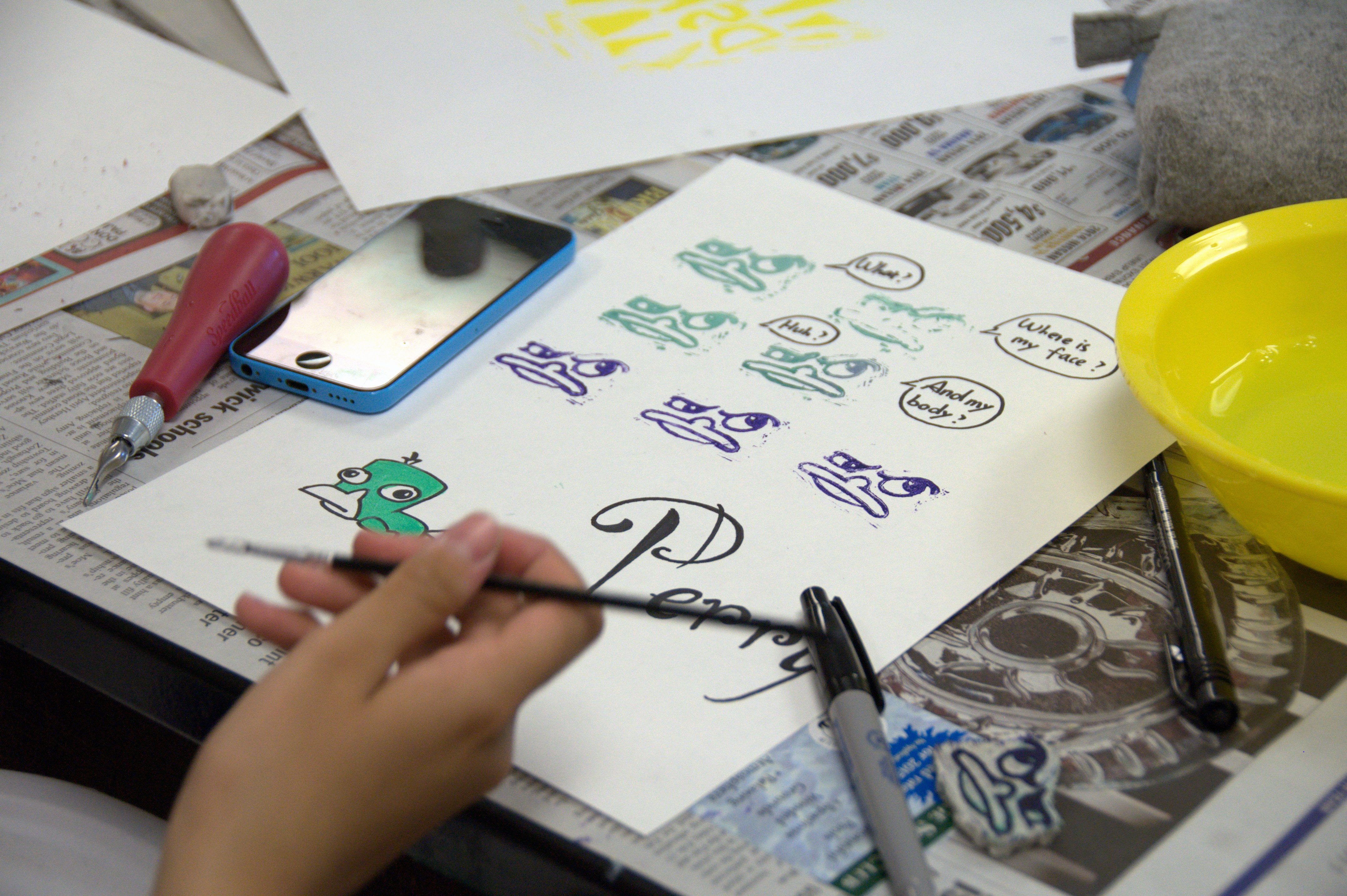One Tool that will change how you solve problems
“ In large measure becoming an artist consists of learning to accept yourself, which makes your work personal, and in following your own voice, which makes you work distinctive. “ Art and Fear by David Bayles and Ted Orland.
It was Christmas Eve, I sat down at the loom determined to finish…. aka….. start my mom’s Christmas present. I”m sure that you can already guess how this story is going to turn out. It’s never a good idea to put off shopping for gifts until the night before, let alone making them , there is too little time and too much room for error.
As I got to the end of the warp ( that’s the yarn that runs vertically on the loom and determines how long a piece will be), I realized that I’d just made a scarf for a two year old instead of my mother. It was way too short. My only chance of saving the piece, was figuring out how to use the few feet of waste yarn ( when weaving, the last few feet can’t be woven, and are usually cut off, and thrown away). I sat and stared, determined to find a solution.
I still don’t remember what hit me, but I started french braiding the “waste yarn” And guess what, it ended up looking really cool. Not only did I finish my mom’s Christmas present on time, I also came up with what would later become my most popular scarf design.
One of the most powerful tools connected with creativity, is problem solving. Creativity is all about connecting dots and seeing things in a new way.
Often we think that we’re either creative or we’re not, but that isn’t true. Creativity can be both taught and strengthened. Let me switch into teacher mode here, and introduce you to the creative process.
Step one: Preparation : this is when you realize that there is a problem to solve or a question to answer. This is also why phrasing things in the form of a question is so powerful. The question sets off a trigger in your brain, it tells it that it’s go time, it’s time to start making connections.
Here’s an example: Instead of stating I have no idea what to do with this “waste” yarn. I should say, what can I do with this “waste” yarn? See the difference?
Phrasing problems as questions is a great way to kick start your creativity.
Step two: Incubation: This is when your brain is working to make connections. The good news is, you don’t need to do anything, you’ve already asked the question, now you just need to let your mind flow.
Tip on incubation, expose yourself to lots of information and experiences, the more information you have, the more possible connections.
Step Three: Illumination: This is when you have a lightbulb moment, you suddenly realize that you’re a genius and know how to solve the problem.
Step four: Verification: A lot of people miss this step because it requires some work. During verification you take the ahah idea that you had, and put it into action, seeing if it actually works. Verification is extremely powerful for several reasons. One, if you had a good idea, you just solved a problem. Two during verification , often many new questions naturally arise, resetting the creative process.
The creative process is all about putting your right brain thinking to work. The left side of the brain, the more logical linear side, is the side that likes to be in charge, and only hands over the reigns to the right side, when presented with problems that seem just too hard to solve. The left brain likes step by step instructions and loves when their is one right answer.
When you pose a question, it sends a signal, that there aren’t step by step instructions, and that you have no idea what the correct answer is, which means, the left brain kindly steps back, and let’s the right, creative side take over.
Understanding the creative process has changed how I both create and teach. I’ve developed systems… yes I know systems sounds very left brained, and they are, but they work. So, as I was saying, I’ve developed systems that help to keep the ideas flowing, and that continue to push me and my students work forward.
Remember , you don’t have to be an artist to be creative, but you do have to be creative to be an artist. It’s time to start strengthening your creative muscles, and exercising your unique voice. Registration for AP Art and AP Art History are now open
, let’s get the creative juices flowing together.
